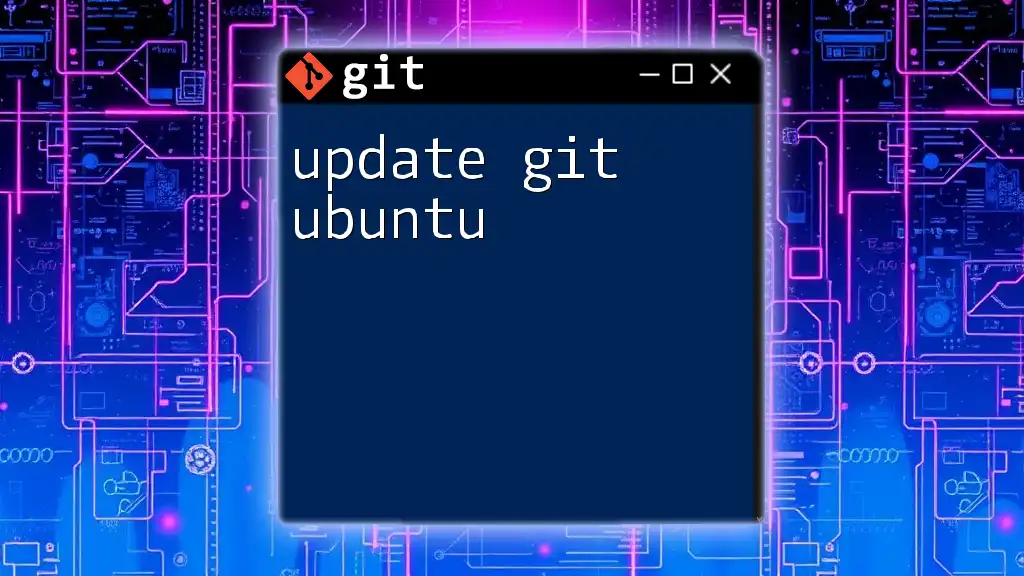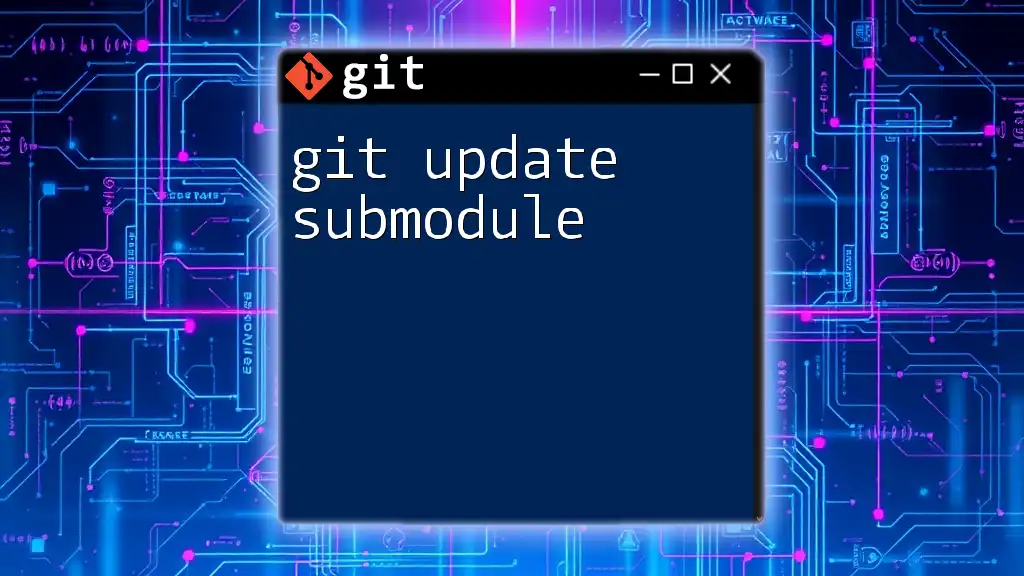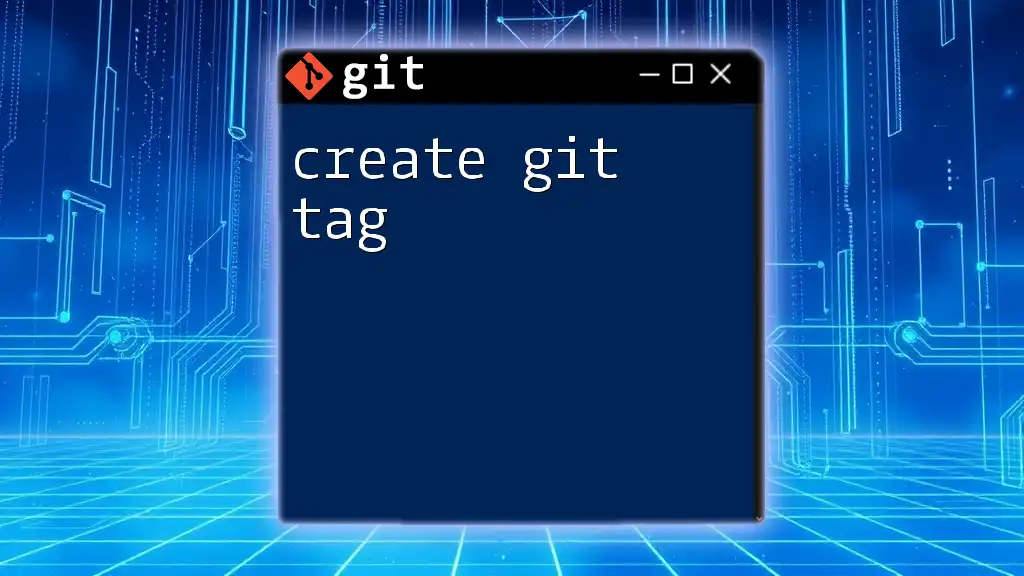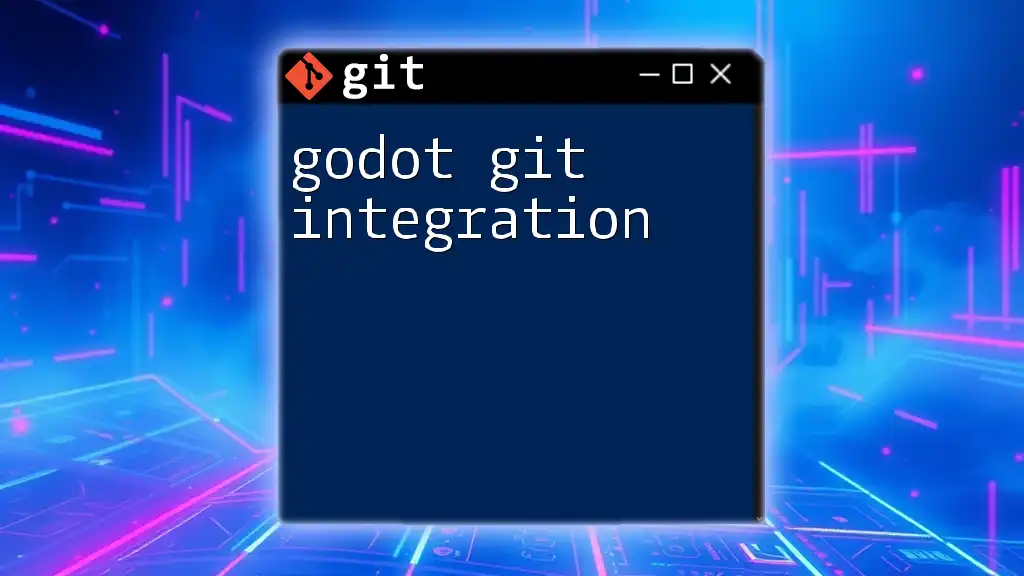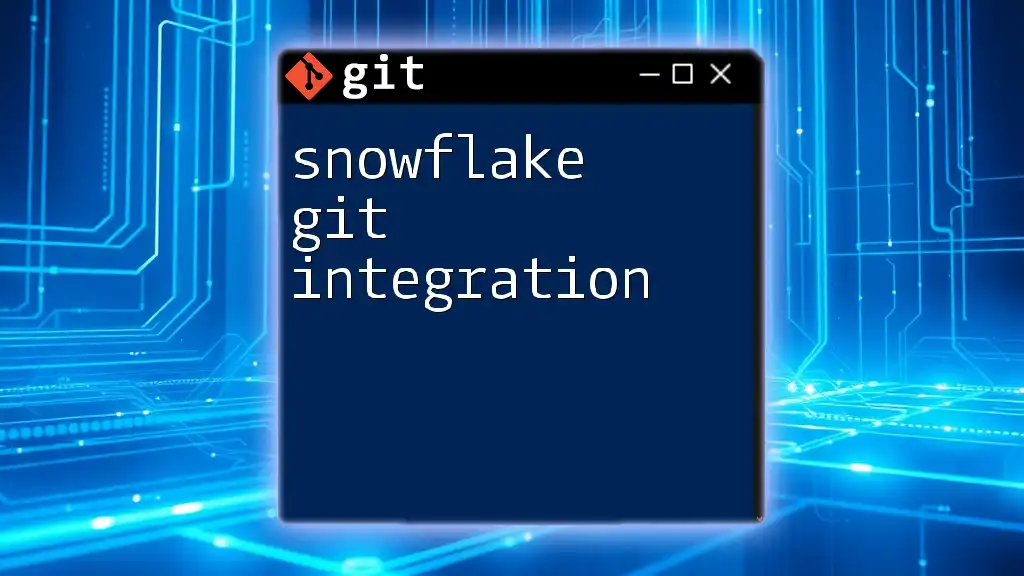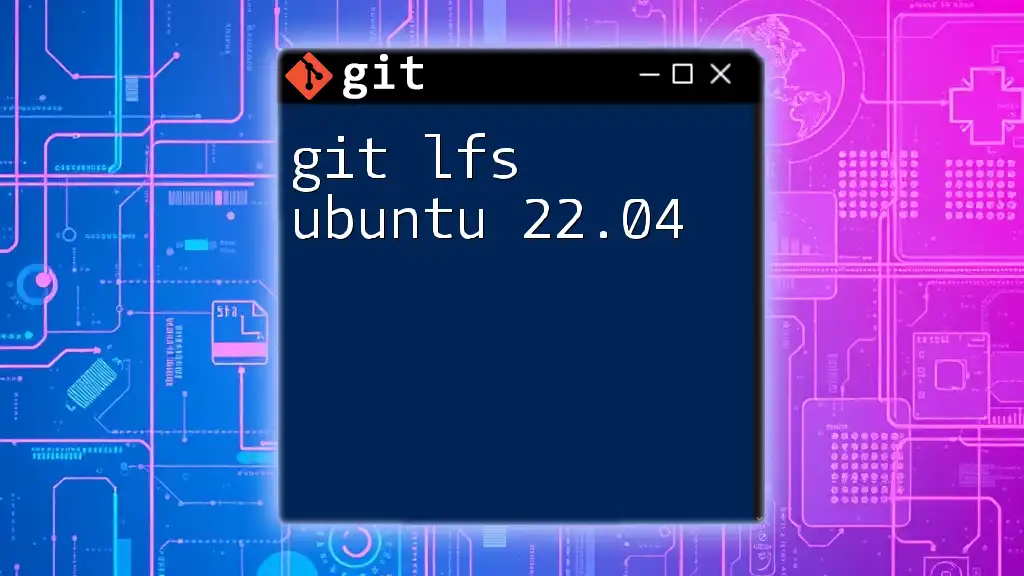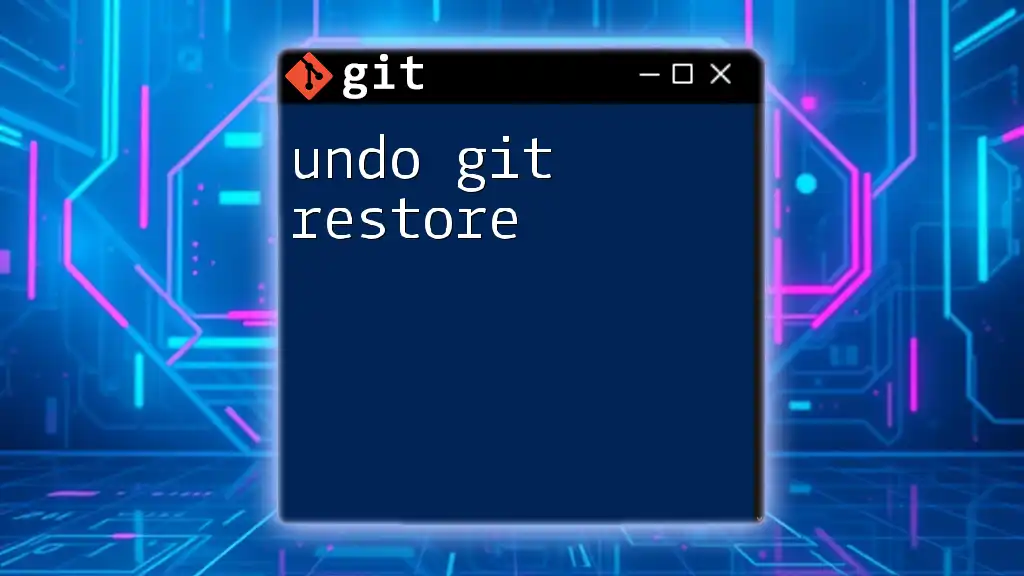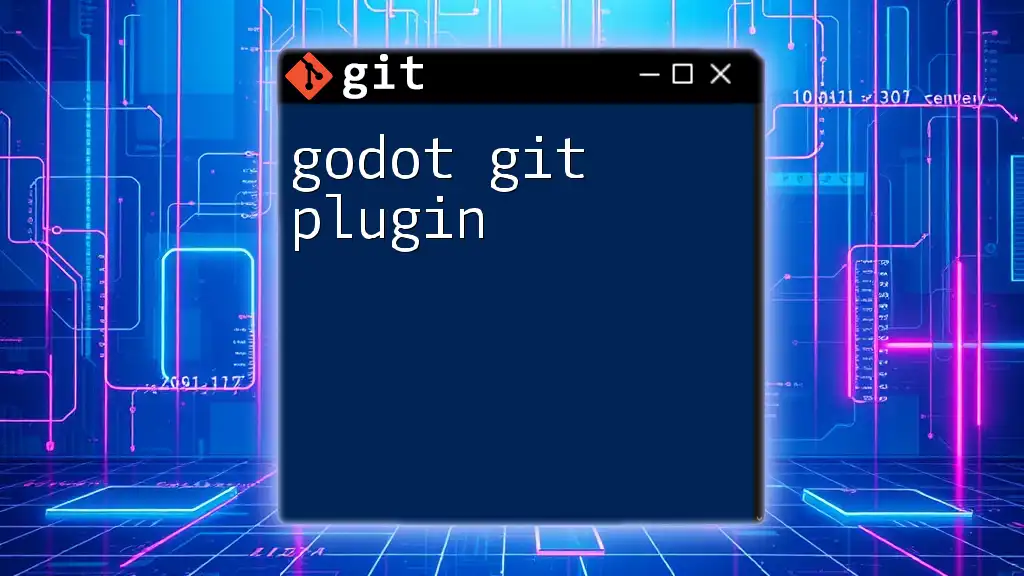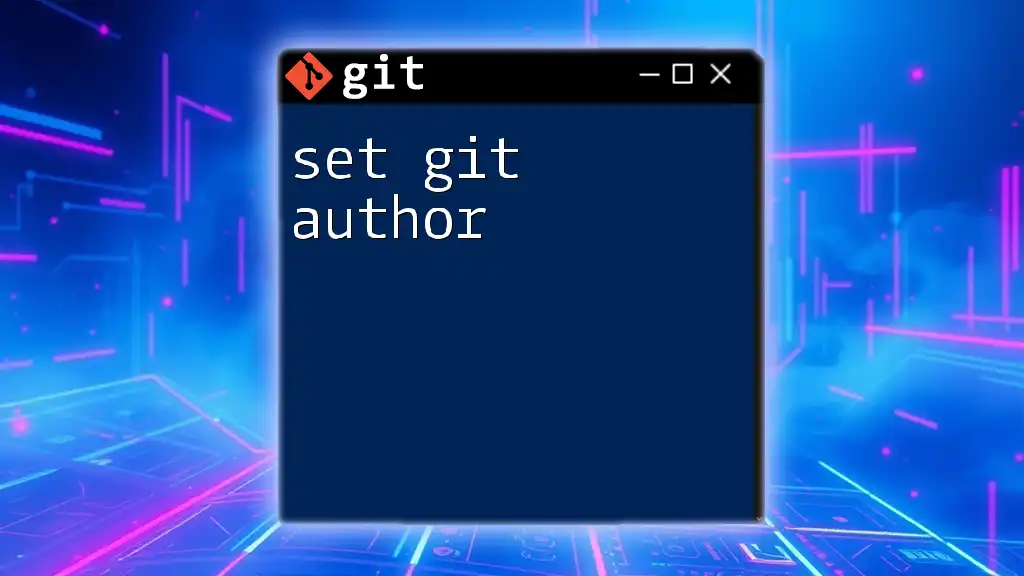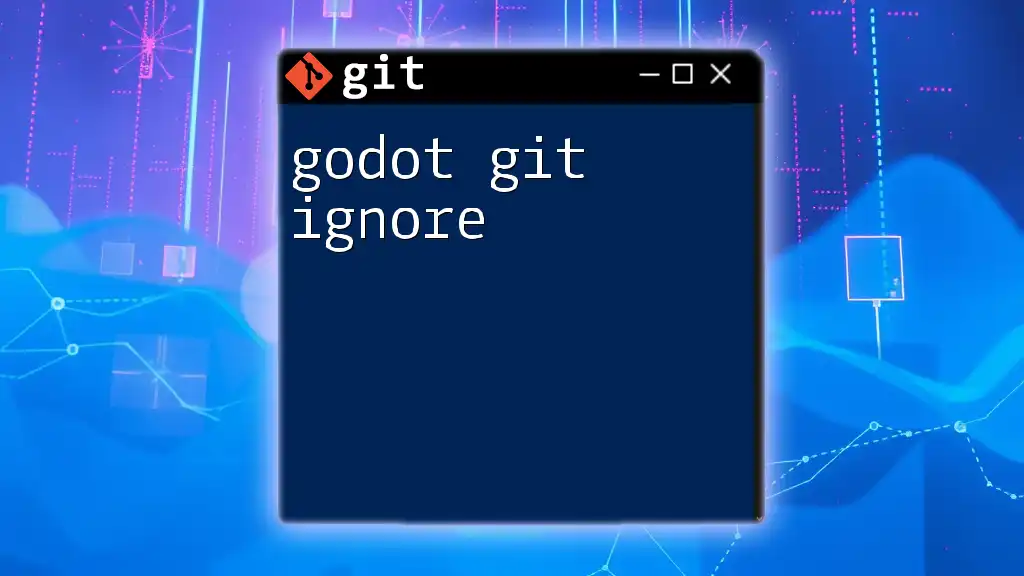To update Git on Ubuntu, you can use the following command in your terminal:
sudo apt update && sudo apt install git
Understanding Git and Its Importance
What Is Git?
Git is a powerful and widely-used version control system that allows developers to manage changes to their code efficiently. Originating from the need for a reliable tool to monitor revisions in collaborative environments, Git has become a staple in software development. Its key features include a distributed architecture, robust branching capabilities, and the ability to track the history of changes, making it invaluable in both individual and team settings.
Why Update Git?
Updating Git is crucial for several reasons, including security, performance, and features.
-
Security: Outdated versions of Git could harbor vulnerabilities that malicious actors can exploit. Regular updates ensure you are protected against such threats.
-
Performance: The latest versions often come with enhancements that improve the overall efficiency and speed of operations, making your workflow smoother.
-
Features: Many new functionalities are continuously being added. Using the latest version allows you to take advantage of these exciting tools that can enhance your coding experience.
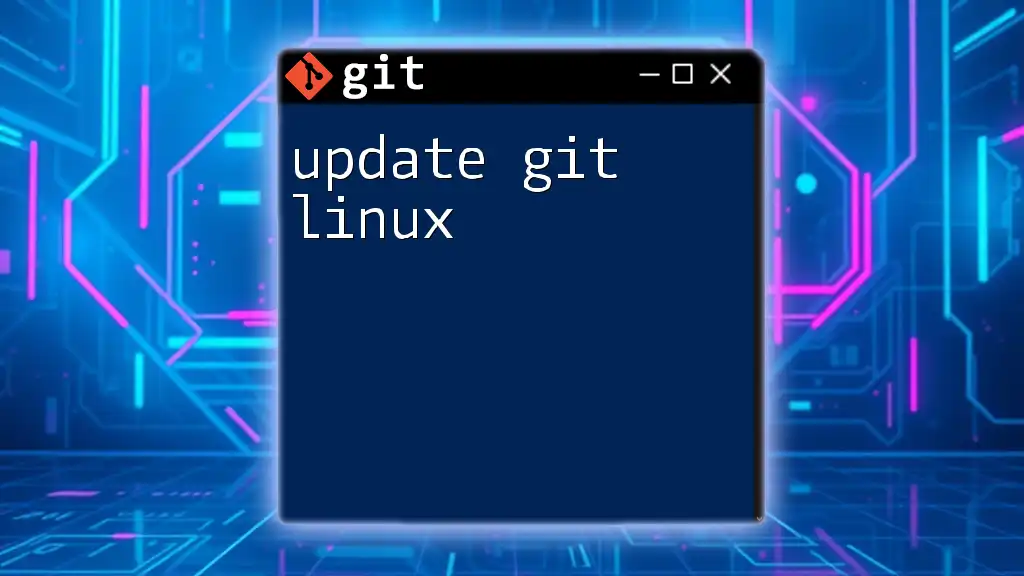
Checking Your Git Version
How to Check Your Current Version
To verify which version of Git you are currently using, execute the following command in your terminal:
git --version
This command will display the installed version of Git. Understanding the output will help determine whether an update is necessary. Version numbers usually follow the format `x.y.z`, where each segment has specific meaning—major, minor, and patch releases.
Common Version Formats
Each portion of the version number indicates the nature of the release. Major updates (the first number) often introduce substantial changes, while minor updates and patches (the second and third numbers) typically contain enhancements and bug fixes. Staying aware of these updates allows you to maintain a secure and efficient coding environment.
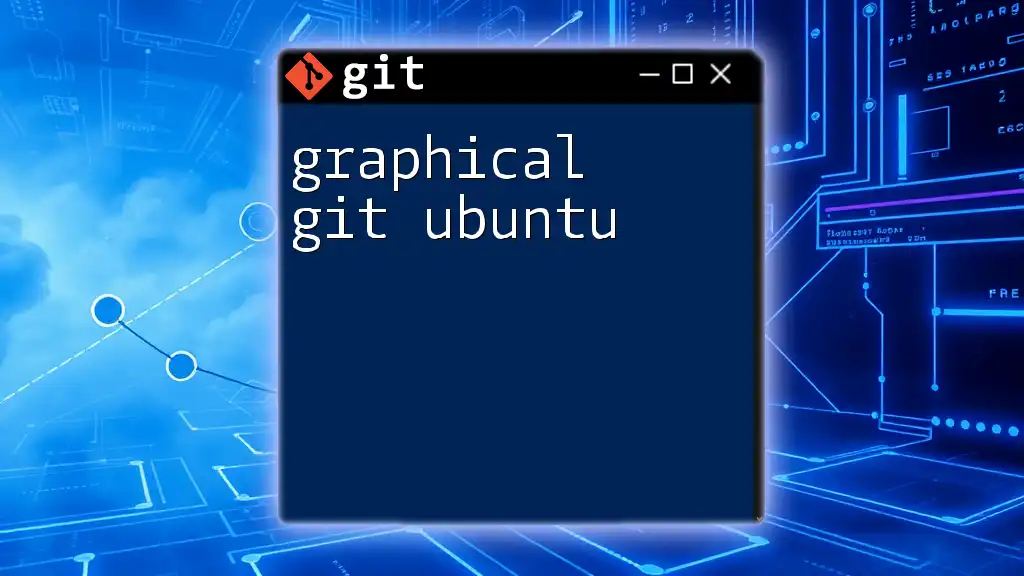
Updating Git on Ubuntu
Using APT Package Manager
Steps to Update Git
To update Git using Ubuntu's APT package manager, you need to run two commands in the terminal. Start by updating the package index by executing:
sudo apt update
Follow this with the command to upgrade Git:
sudo apt upgrade git
These commands ensure that you are pulling the latest Git package and its dependencies from your repository. If prompted, confirm any changes, as these are essential for successfully completing the update.
Confirming the Update
To ensure that Git has been updated, re-run the version check command:
git --version
If the output reflects a newer version, congratulations! You have successfully updated Git.
Adding the Git Core PPA
What Is a PPA?
A Personal Package Archive (PPA) is a repository in Launchpad that allows you to distribute software packages. Using PPAs can be beneficial for acquiring updates that are not yet available in the default Ubuntu repositories.
Steps to Add the Git PPA
To access the latest Git versions, you can add the Git Core PPA. Execute the following commands:
sudo add-apt-repository ppa:git-core/ppa
sudo apt update
sudo apt install git
These commands add the PPA to your system, update the package list, and install the latest Git version available in that repository. Following through with this process allows you to leverage timely updates that enhance functionality.

Alternative Methods for Updating Git
Building from Source
Reasons for Building from Source
Sometimes, developers might want to customize their version of Git or utilize even newer features that haven't been released in the package manager. In such cases, building Git from source is viable.
Steps to Build Git from Source
Begin by installing the required dependencies:
sudo apt install build-essential libssl-dev libcurl4-gnutls-dev libexpat1-dev gettext
Next, clone the Git repository:
git clone https://github.com/git/git.git
cd git
Now, compile and install Git:
make prefix=/usr/local all
sudo make prefix=/usr/local install
Through this process, you will have the most recent version of Git installed on your system, tailored to your needs.
Using Snap Package
What Is Snap?
Snap is a modern packaging system that allows developers to create applications in a containerized format, ensuring they work seamlessly across various environments.
Steps to Install/Update Git via Snap
To install or update Git using Snap, simply use the following command:
sudo snap install git --classic
This command installs the Git package in an isolated environment, minimizing dependency issues and compatibility errors. This method is advantageous for users who desire a quick and hassle-free installation process.
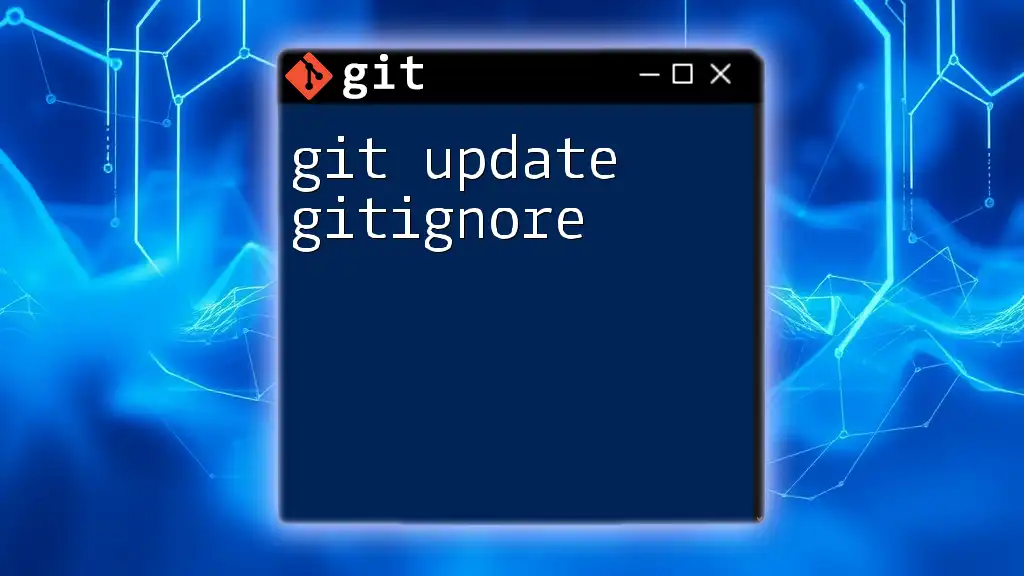
Troubleshooting Common Update Issues
Error Messages During Update
While updating, you may encounter various error messages related to package dependencies or conflicts. Common issues can often be resolved by carefully reading the error messages, and taking action by either removing conflicting packages or forcing an update.
Verifying Installation After Update
Post-update, confirm the successful installation of the new version by again running:
git --version
If everything has gone smoothly, the terminal will display the updated version number. You may also want to perform a few Git commands to ensure functionalities are intact and responsive.
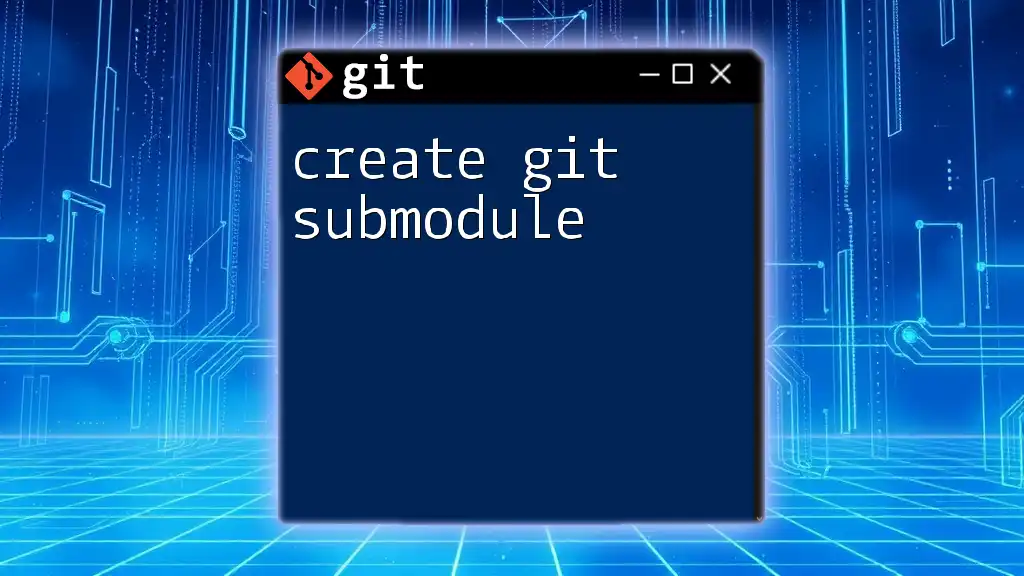
Conclusion
Updating Git on Ubuntu is a simple yet crucial task that enhances your coding experience and keeps your projects secure. Regularly verifying your Git version and embracing the latest updates will ensure that you are equipped with the best tools for managing your code effectively. Don't hesitate to share your experiences and seek further assistance as you continue to navigate the world of Git!
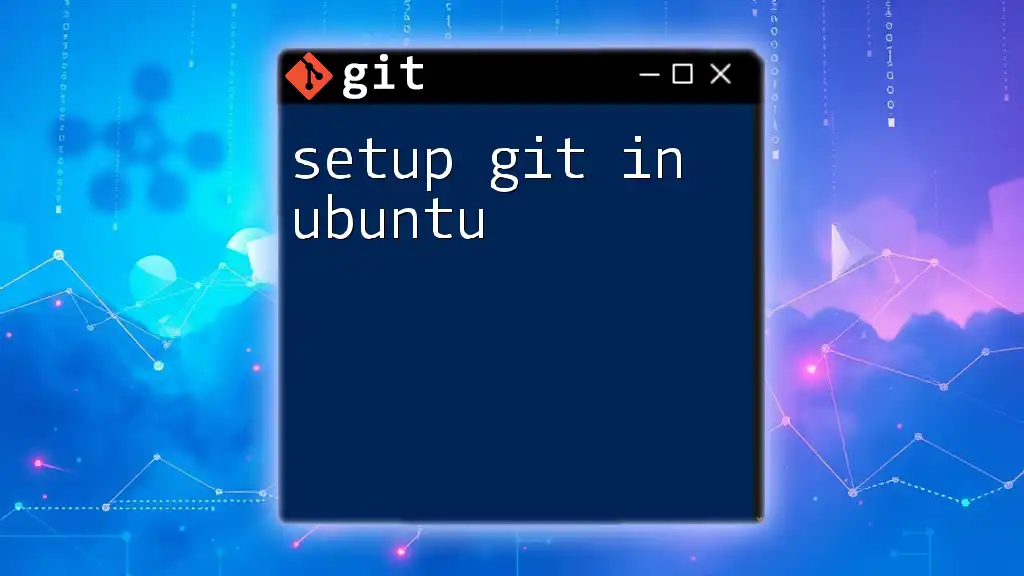
Additional Resources
For further exploration, consult the official Git documentation for in-depth guides, or engage with Git user communities and forums for more personalized help. With continuous learning, you’ll master Git commands and practices to elevate your development projects.

